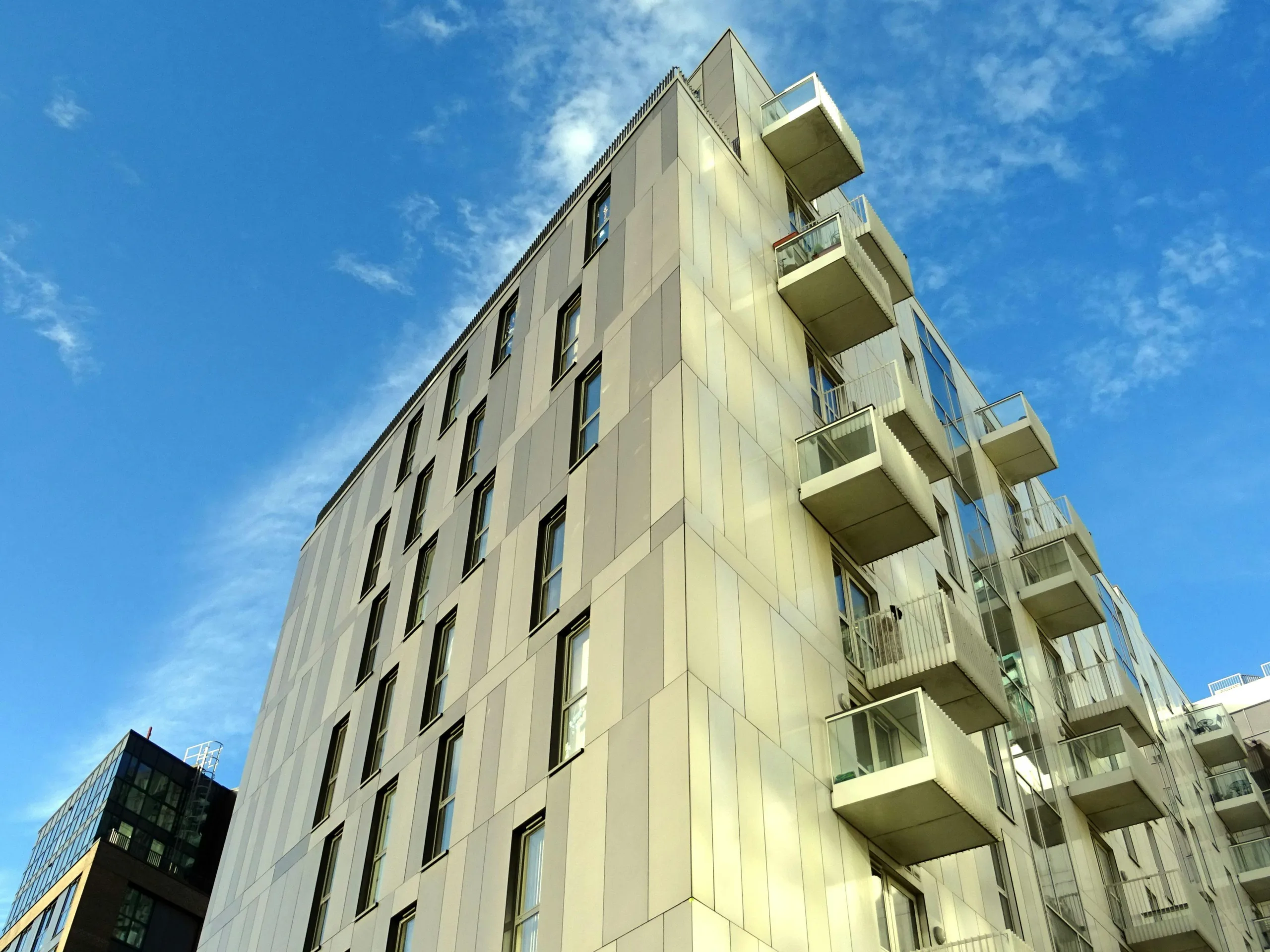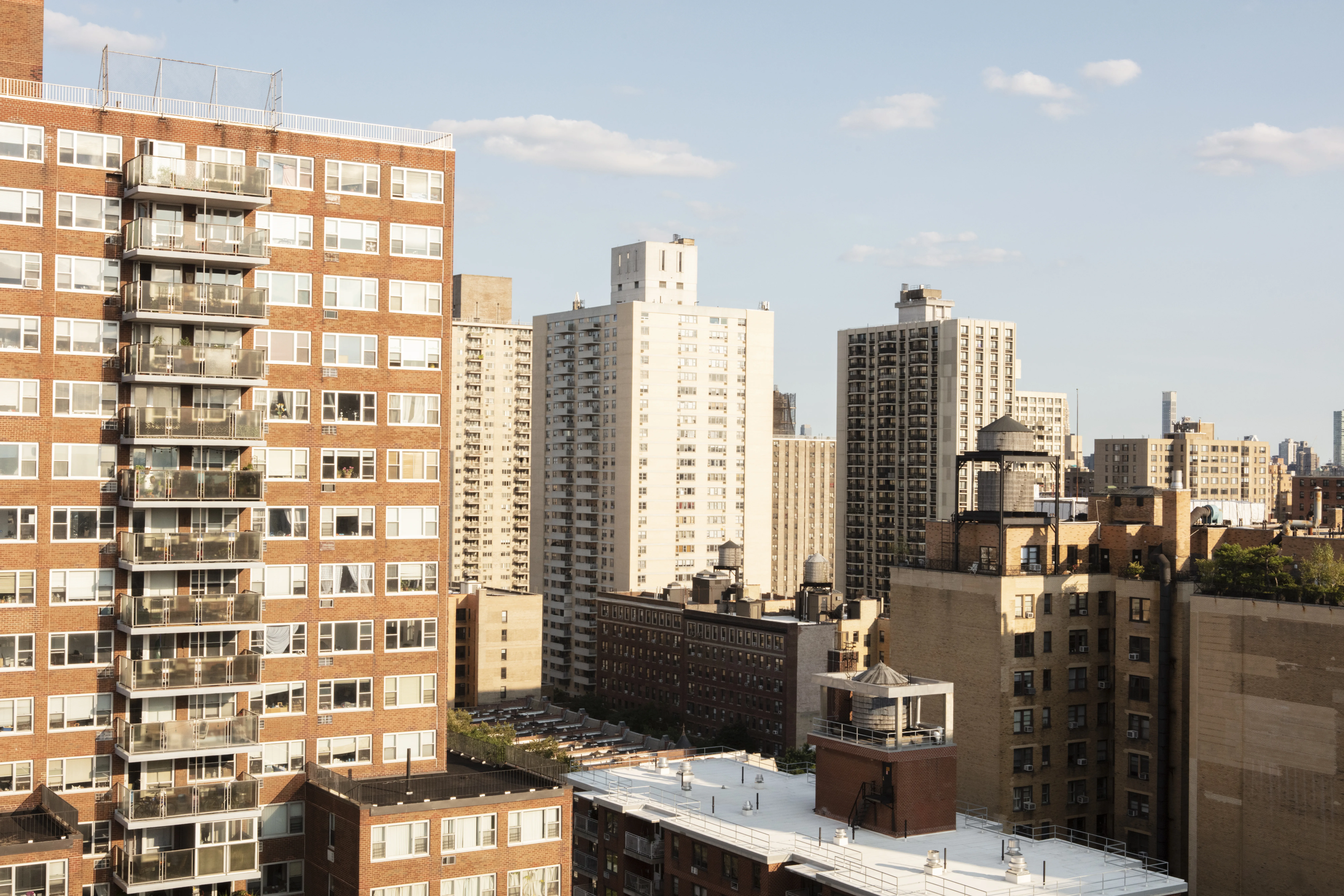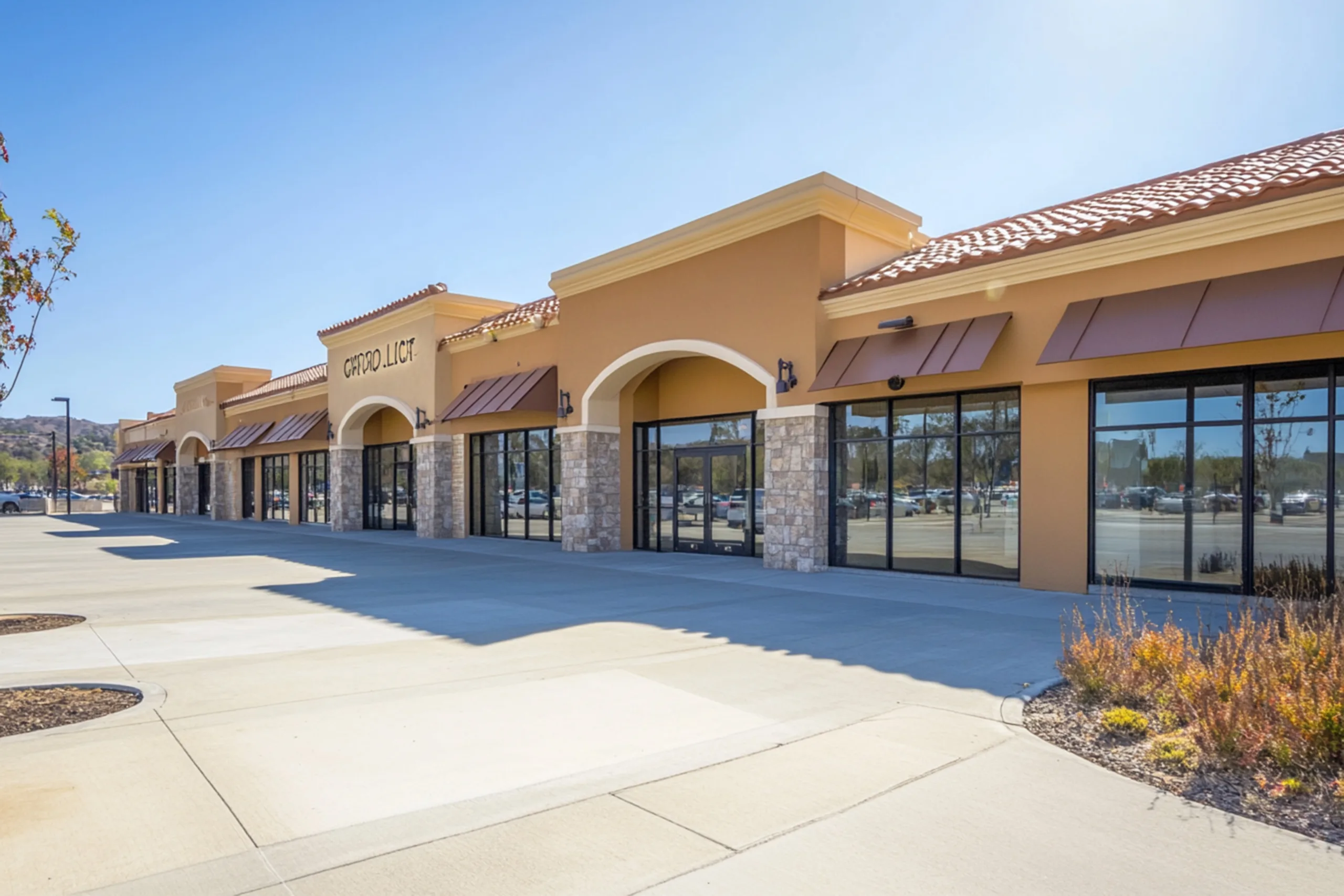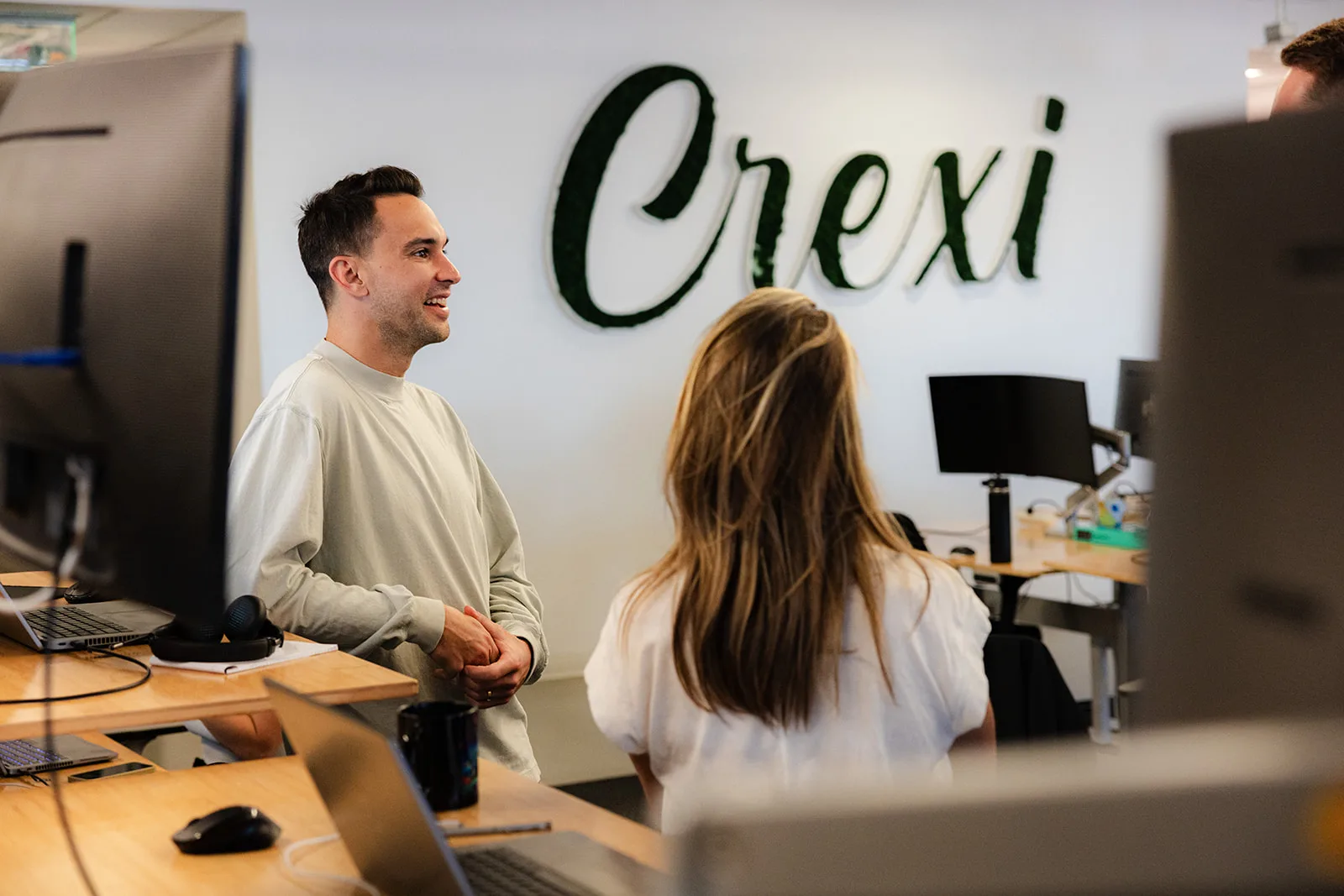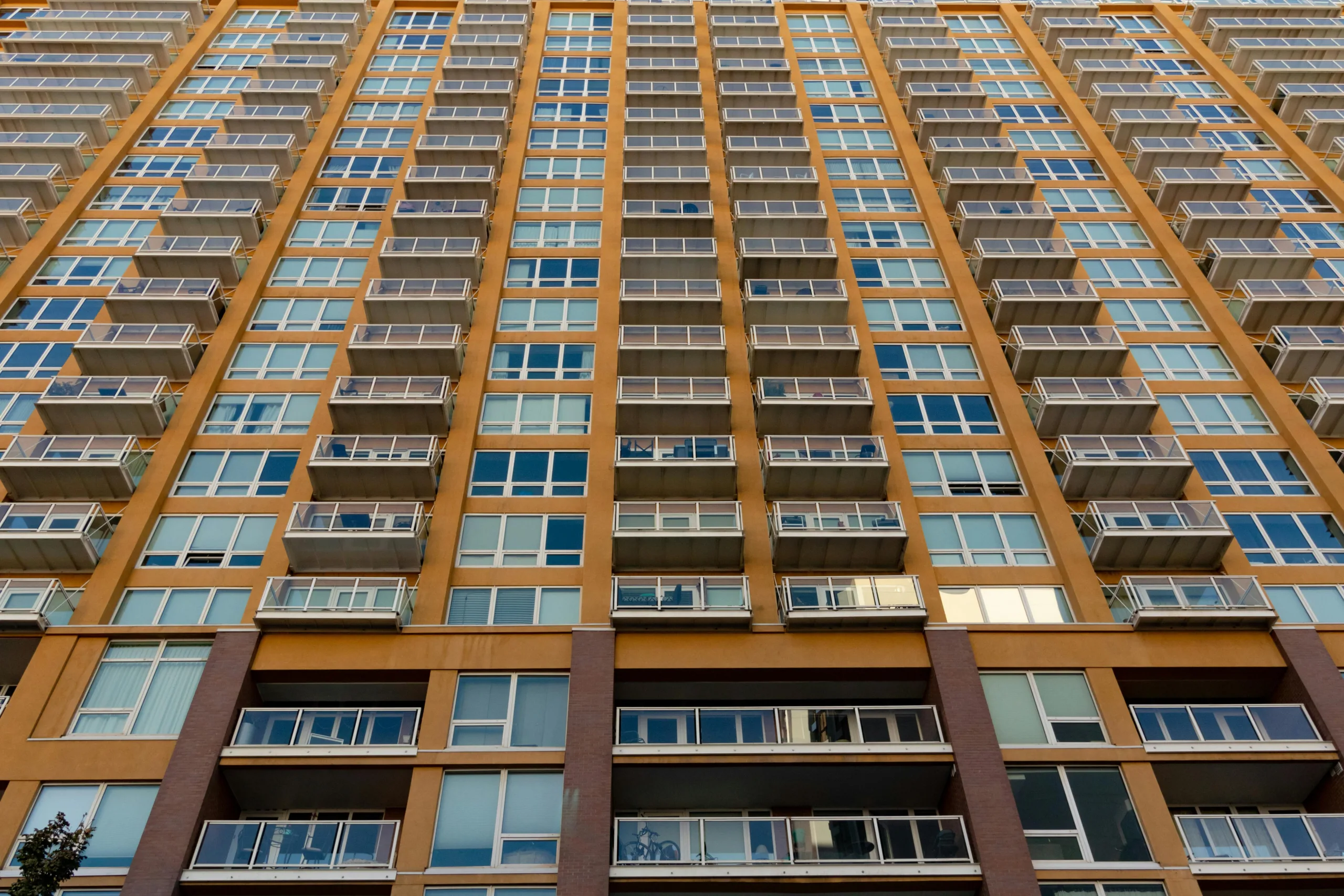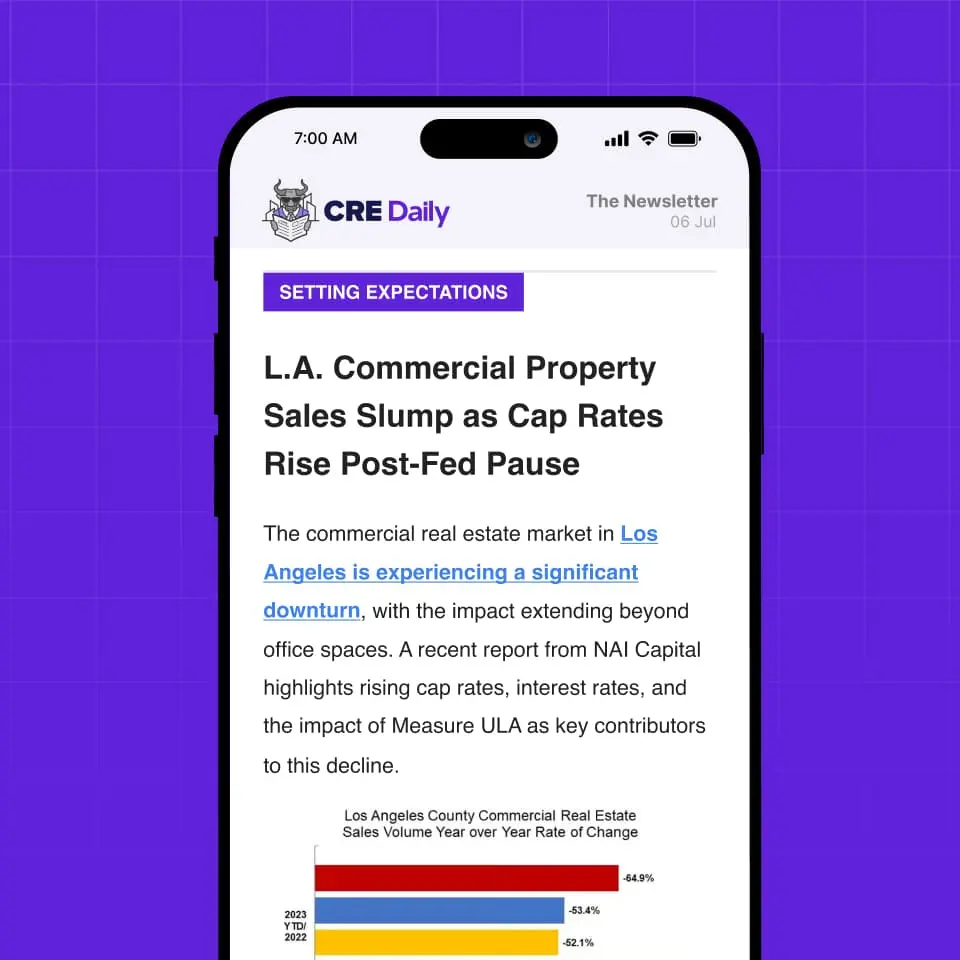- Retail vacancy rates in South Florida’s tri-county region rose slightly in Q2 2025, as more tenants moved out than in.
- Miami-Dade and Palm Beach counties saw average asking rents dip, while Broward County posted a modest rent increase despite higher vacancies.
- High construction costs are limiting new retail development, with just 1.4M SF under construction in 2025—less than half of the volume in 2020.
- Despite softening fundamentals, vacancy rates remain below 5% across all three counties, keeping landlords relatively stable.
Retail Sector Hits Pause As Vacancies Rise
Retail landlords across South Florida saw a noticeable pullback in leasing momentum during the second quarter of 2025, reports The Real Deal. According to Colliers, net absorption was negative across all three major counties—Miami-Dade, Broward, and Palm Beach—indicating more tenants vacated than signed on.
The regional uptick in vacancies has come with varying impacts on rental pricing.Miami-Dade and Palm Beach counties saw rents slip. Broward experienced a slight increase in average asking rent, suggesting some localized resilience despite broader softening.
Cooling Demand, Big Deals
Miami-Dade’s retail vacancy rate rose to 3.2% in Q2, up from 2.9% year-over-year. Landlords adjusted pricing accordingly, with average asking rents falling to $43.37 PSF, down from $44.98.
The market saw negative net absorption of 178,500 SF. Only 545K SF of retail space is currently under construction, limited by high building costs.
Still, the county recorded South Florida’s largest retail transaction this year. Simon Property Group acquired Brickell City Centre’s retail and garage components for $512M. Other notable deals included Continental Realty’s $87.5M acquisition of CityPlace Doral. Another major transaction was the $38.2M purchase of two restaurant-leased condos in Brickell.
In leasing, BrandsMart USA renewed a 40K SF lease at The Shoppes at Dadeland. Crunch Fitness also expanded with two 37K SF leases in Homestead and Miami Gardens.
Get Smarter about what matters in CRE
Stay ahead of trends in commercial real estate with CRE Daily – the free newsletter delivering everything you need to start your day in just 5-minutes
Holding Steady Despite Leasing Losses
Broward County posted the largest negative net absorption in the region at 279K SF. Yet, its average asking rent increased to $28.52 PSF, up from $27.78 last year.
The vacancy rate rose modestly to 4.1% (from 3.8%), and developers are currently building only 306K SF of new retail space.
Investment sales were more muted, with Edens’ $51.2M purchase of a Davie shopping center being the top deal. SK Realty and Ragnar Investments also made deals in Sunrise and Davie, respectively.
On the leasing front, Publix took 46,971 SF at Sunrise Town Center, and Crunch Fitness added locations in Pompano Beach and Pembroke Pines with leases over 36K SF each.
Vacancy Ticks Up, Rents Dip
Palm Beach County’s vacancy rate rose to 4.4%, up from 3.6% last year. Average asking rents dropped to $28.85 PSF from $29.51. Net absorption for the quarter was negative 92K SF, and only 503K SF is under development.
The county hosted the second-largest retail deal of the year with Invesco Real Estate’s $133.2M purchase of Marketplace at the Outlets in West Palm Beach.
Other major deals included Simon Property Group’s $23M acquisition of a former Sears store in Boca Raton. Mantovani Land & Commercial Realty also purchased a retail plaza in West Palm Beach for $18M.
Leasing activity included Plum Market and PGA Tour Superstore each signing 30K SF leases, while DUS Padel took 26,500 SF at Okee Square.
Why It Matters
While the rise in vacancies signals a cooling in South Florida’s retail leasing market, the ongoing slowdown in new construction is keeping inventory in check. High construction costs continue to act as a barrier to new supply, offering a buffer for landlords.
Vacancy rates across the tri-county region remain below 5%, well within healthy market norms. Still, the shift in tenant activity and softening rent trends in key submarkets suggest changes ahead. Retail landlords may need to become more competitive heading into the second half of 2025.
What’s Next
With limited new supply in the pipeline and ongoing economic headwinds, South Florida’s retail market faces growing challenges. It is expected to remain relatively stable but cautious. Investors and landlords will likely continue to lean on anchor tenants and experiential retail to drive foot traffic and lease momentum.
Despite the recent softness, South Florida remains an attractive retail destination—just one now requiring more strategic maneuvering.
